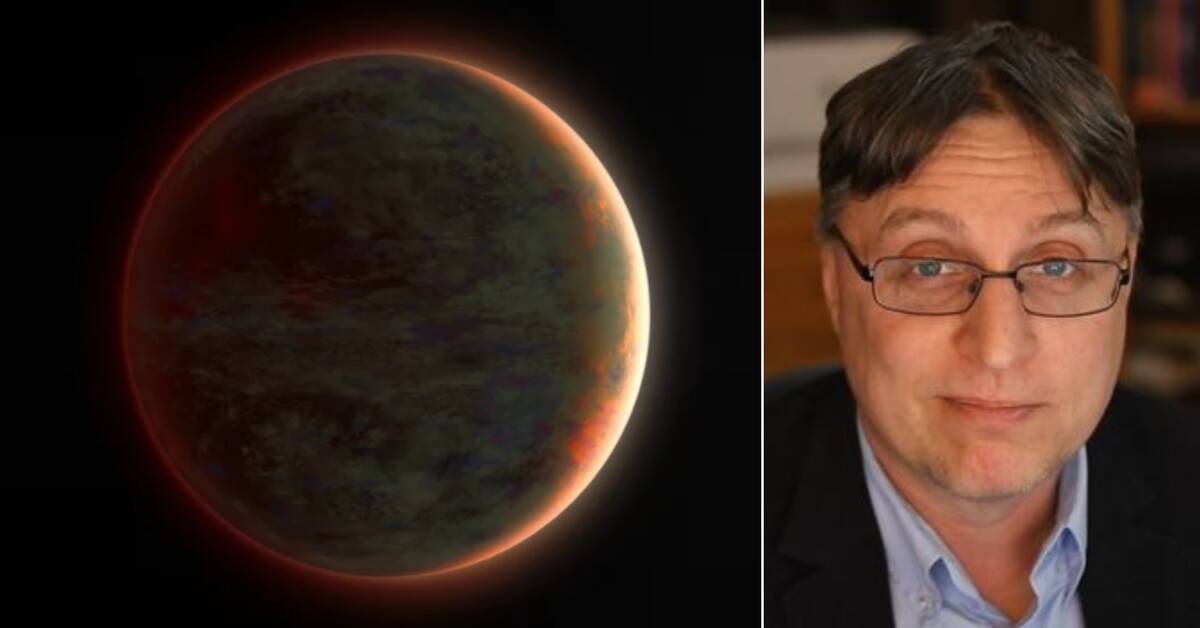The exoplanet WASP-121b is 855 light-years from Earth and was discovered by astronomers in 2015. But to this day, the planet's dark backside has been a mystery.
Now, for the first time, an international research group has received a detailed picture of the entire planet.
- Today we know of 5,000 exoplanets, but it is only in a dozen cases that you have had the opportunity to see an exoplanet in this way, says researcher Alexis Brandeker at Stockholm University.
And Jupiter
WASP-121b belongs to the class hot Jupiter.
The planets in this class consist of gas and are reminiscent of the planet Jupiter.
But unlike Jupiter, these planets are so close to their star that their surface can reach very high temperatures.
On the side of the WASP-121b facing the star, the temperature can reach up to 3000 degrees Celsius.
Special back
The gas planet WASP-121b has a so-called bound rotation, which means that it has a side that is always directed away from the planet's star.
In the new study, the researchers have now measured the temperature on the night side, which turns out to be half as high as on the bright side.
- It is a very important step in trying to characterize what the atmosphere on the planet looks like, says Alexis Brandeker.
The study, published in Nature Astronomy, also shows that strong winds are blowing around the planet at a speed of 5,000 meters per second.
With the winds, water vapor travels, which on the bright side becomes so hot that the water molecules begin to glow and break down into atoms.
When the atoms then blow over on the dark side, the lower temperature causes them to merge again to form water vapor.
In addition, several metals in various forms have been discovered in the planet's atmosphere.
On the dark side, the metals take on a liquid form and form clouds and rain of metal.

